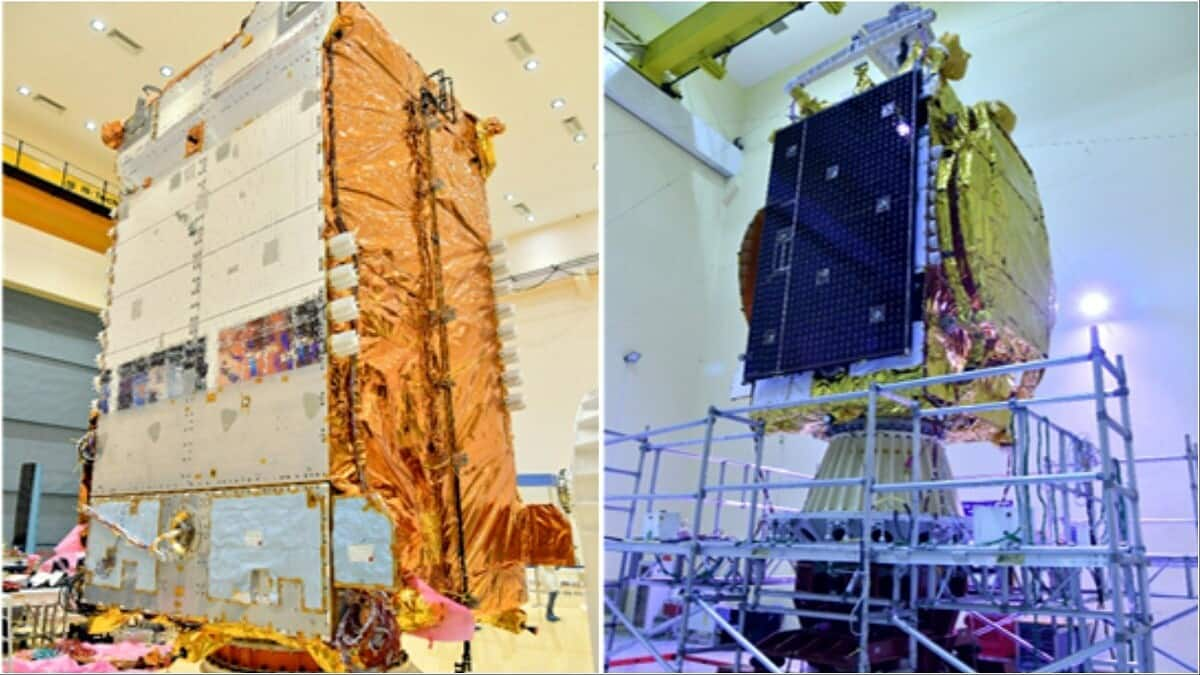
ISRO to launch its communication satellite aboard SpaceX's Falcon-9 rocket
What's the story
The Indian Space Research Organisation (ISRO) is gearing up to launch its latest communication satellite, GSAT-N2, from the US. The mission will be conducted using SpaceX's Falcon 9 rocket, owing to the satellite's massive weight of 4,700kg. The choice of SpaceX's heavy launch vehicle was made because ISRO's own rockets aren't capable of carrying such a heavy payload.
Commercial collaboration
A commercial venture under NSIL
The GSAT-N2 launch is a commercial mission under ISRO's commercial arm, New Space India Limited (NSIL). This will be ISRO's first commercial launch on a SpaceX vehicle. Industry experts estimate NSIL has paid around ₹500 crore for this dedicated launch on the trusty Falcon 9 rocket. The satellite GSAT-N2, or GSAT-20, is a Ka-band high-throughput communication satellite aimed at boosting broadband services and in-flight connectivity across India.
Satellite specifications
Mission life and advanced features
GSAT-N2 has a mission life of 14 years and carries 32 user beams. This includes eight narrow spot beams over the Northeast region and 24 wide spot beams over the rest of India. The satellite's Ka-Band HTS communication payload offers a throughput of around 48Gbps. It also has three parabolic 2.5-meter deployable reflectors with multiple feeds producing these spot beams over the Indian region using a single feed per beam configuration.
Connectivity boost
GSAT-N2 to fill gap in India's in-flight internet connectivity
Dr. M Sankaran, Director of UR Rao Satellite Centre in Bengaluru, where the satellite was built, said, "This homegrown satellite when operational will fill that big hole of in-flight internet connectivity that exists over India on the world Internet map." He added, "This is India's highest throughput satellite and the only one operating exclusively in the much sought after Ka band."
Regulatory changes
Sattelite's role in implementing new in-flight internet rules
The Indian government recently amended rules to permit in-flight internet access over India. According to the new rules, Wi-Fi services can be provided inside aircraft at an altitude of over 3,000 meters. However, passengers would only be able to use these services when electronic devices are allowed for use on the aircraft. The launch of GSAT-N2 is a major step toward these new rules and improving connectivity for air travelers across India.